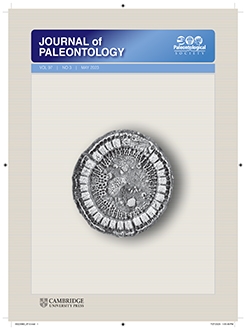Despite the recognition that bone histology provides much information about the life history and biology of extinct animals, osteohistology of extinct marsupials is sorely lacking. We studied the bone histology of the ca. 15-mil-lion-year-old Nimbadon lavarackorum from Australia to obtain insight into its biology. The histology of thin sections of five femora and five tibiae of juveniles, subadult, and adult Nimbadon lavarackorum was studied. Growth marks in the bones suggest that N. lavarackorum took at least 7–8 years (and likely longer) to reach skeletal maturity. The predominant bone tissue during early ontogeny is parallel-fibered bone, whereas an even slower rate of bone formation is indicated by the presence of lamellar bone tissue in the periosteal parts of the compacta in older individuals. Deposition of bone was interrupted periodically by lines of arrested growth or annuli. This cyclical growth strategy indicates that growth in N. lavarackorum was affected by the prevailing environmental conditions and available resources, as well as seasonal physiological factors such as decreasing body temperatures and metabolic rates.
How to translate text using browser tools
22 September 2023
Paleobiological implications of the bone histology of the extinct Australian marsupial Nimbadon lavarackorum
Anusuya Chinsamy,
Karen H. Black,
Suzanne J. Hand,
Michael Archer
ACCESS THE FULL ARTICLE

Journal of Paleontology
Vol. 97 • No. 3
May 2023
Vol. 97 • No. 3
May 2023





